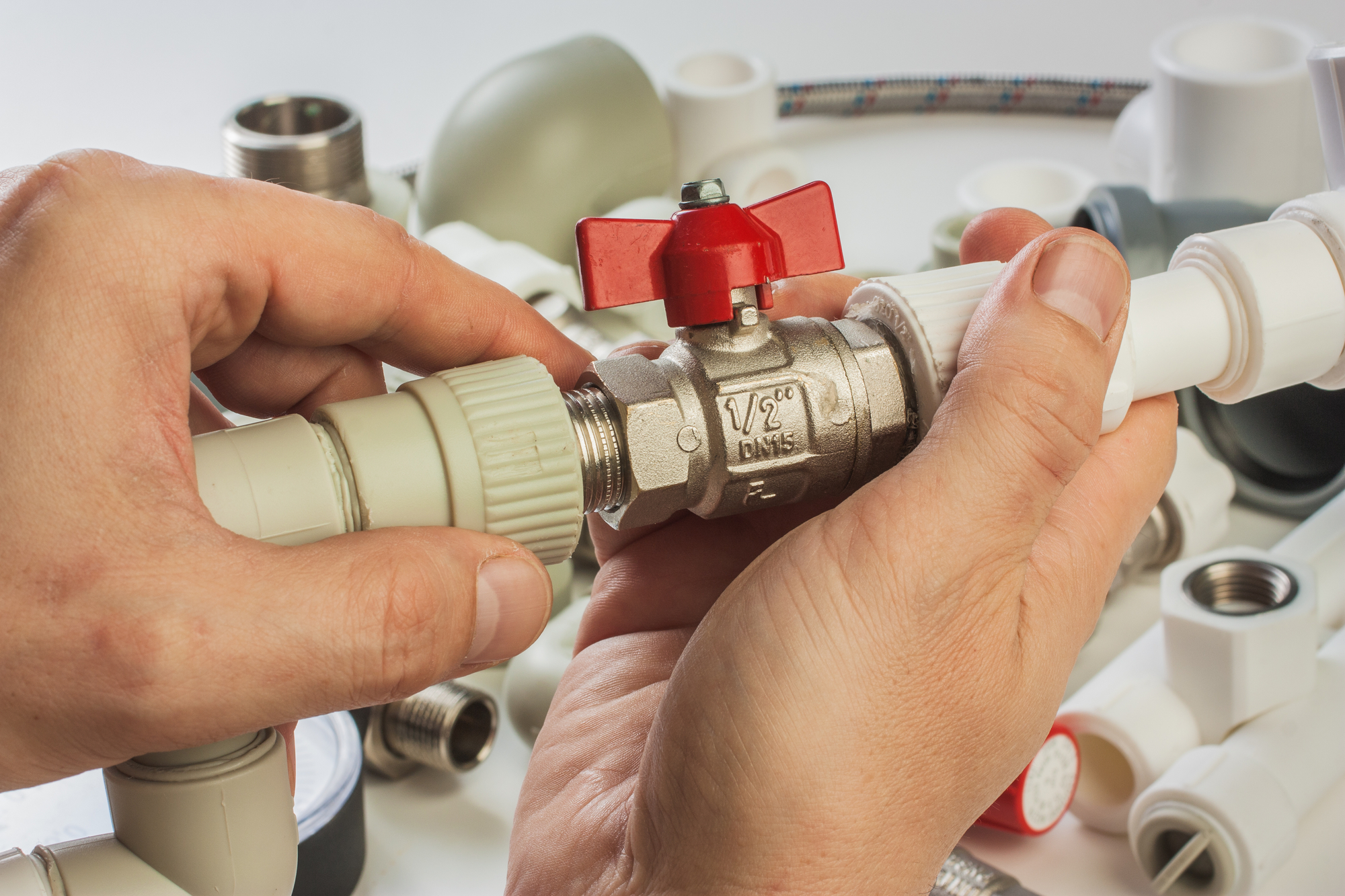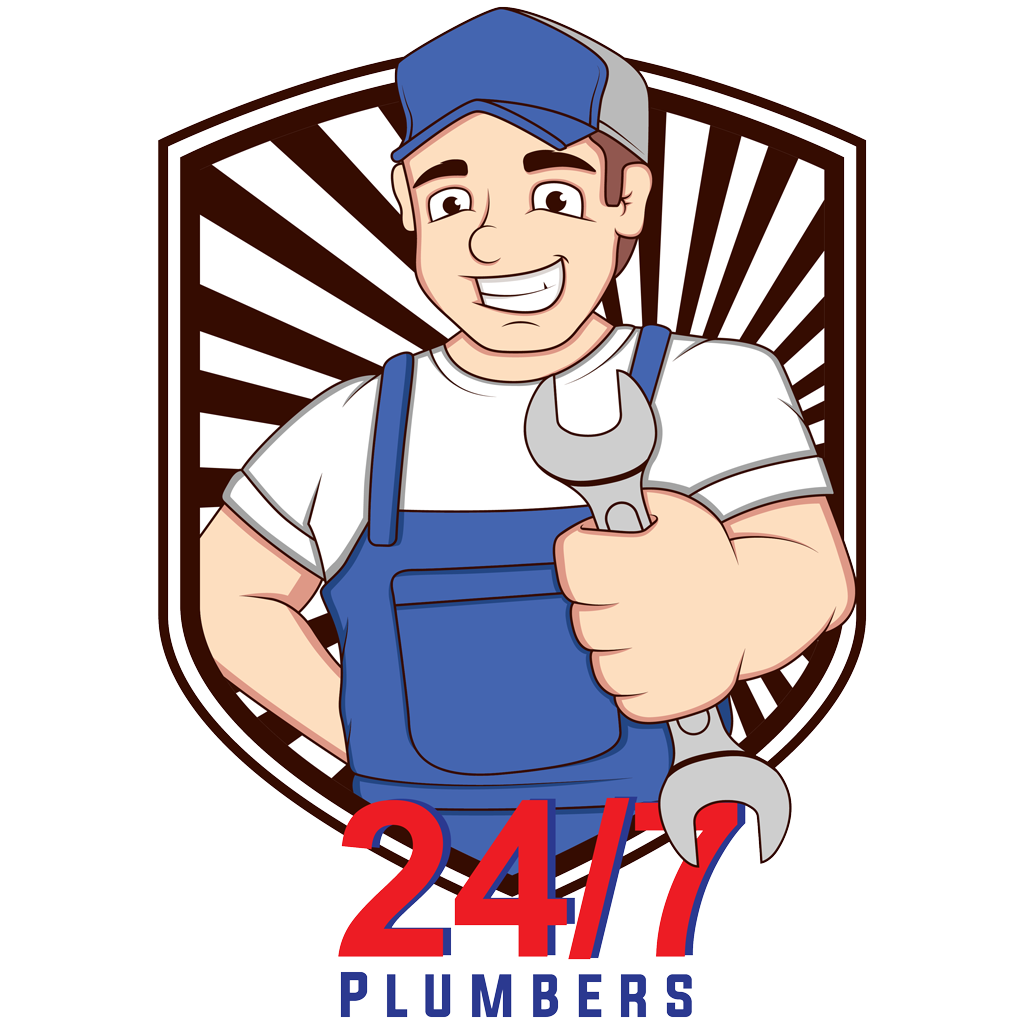28 Best Tools for Plumbing: A Complete Guide
May 29, 2023
As a homeowner, calling a plumber may not always be the first solution when it comes to small plumbing issues. In most cases, resolving those small plumbing problems can be done independently with the proper tools, and this list of the 28 best plumbing tools for fixing those problems is a complete guide.
1. Adjustable Wrench: This versatile tool can handle a variety of plumbing-related tasks and can be adjusted to fit different sizes of nuts and bolts.
2. Basin Wrench: A basin wrench is a must-have for removing and installing faucets, sinks, and other plumbing fixtures.
3. Pipe Wrench: The pipe wrench is a heavy-duty tool ideal for working with large, threaded pipes. It offers a tight grip and will not slip.
4. Plunger: A plunger can be used for small clogs in sinks, toilets, and other plumbing fixtures.

5. Drain Snake: A drain snake is required to tackle larger clogs in the plumbing system.
6. Teflon Tape: Teflon tape, or plumber’s tape, is commonly used to seal threaded connections and keep them from leaking.
7. PVC Pipe Cutter: A PVC pipe cutter makes cutting PVC pipes a breeze.
8. Tubing Cutter: When dealing with copper or plastic pipes, a tubing cutter is used to cut through the material quickly and cleanly.
9. Pipe Benders: This tool is used to bend copper pipes, allowing them to be molded into curves and angles.
10. Compression Tool: Compression fittings are also used in some plumbing projects, and a compression tool is required to install them.
11. Faucet Seat Wrench: For removing the seat inside the faucet of a compression faucet, a faucet seat wrench is needed.

12. Basin Buddy: A basin buddy is ideal for tightening the nuts under the sink when replacing plumbing or cleaning the trap.
13. Bucket: A bucket is handy when carrying tools and can also catch water when the plumbing is being worked on.
14. Safety Glasses: Safety glasses should be worn whenever working with plumbing to avoid any potential injuries.
15. Work Gloves: Work gloves may be needed to protect your hands when working on plumbing.
16. Hacksaw: A hacksaw can be useful when cutting a large-diameter pipe or trimming a piece that’s just a bit too long.
17. Allen Wrench: Allen wrenches are commonly used in plumbing fixtures, making it easier to remove handles, knobs, screws, etc.
18. Pliers: Whether it’s regular pliers or needle-nose pliers, they are useful for holding and gripping while plumbing.
19. Torch: A torch is required when working with copper piping, as it helps in the soldering process.
20. Solder: A soldering iron is used to join together copper pipes when they need to be connected.
21. Pipe Threader: A pipe threader is used to tap threads into the ends of metal pipes, allowing them to be connected.
22. Mini Hacksaw: A mini hacksaw is ideal for cutting through tight spaces.
23. Pry Bar: A pry bar is commonly used for removing the subfloor when working on the plumbing beneath a bathroom.
24. Stud Finder: A stud finder can help locate where the pipes run behind the walls.
25. Inspection Camera: An inspection camera can help visually diagnose plumbing problems behind walls or in hard-to-reach areas.
26. Water Meter Key: A water meter key is required when shutting off the main water supply to the home.
27. Caulking Gun: Caulking guns are ideal for applying caulk around the edges of a tub or sink.
28. Pipe Insulation: Pipe insulation is an essential tool, as it helps keep the pipes from freezing in the winter.
Having these tools on hand can save homeowners time and money in the long run. However, if any plumbing issues are beyond basic DIY repairs, it is best to call the professionals.
Go ahead and try adding these tools to your plumbing toolkit and learn how to become a better plumber at home. If you’re searching for a reputable plumbing service in your locality, then consider reaching out to 247 Plumbers at (877) 406-6131 or visit their website at www.247plumbers.net.
